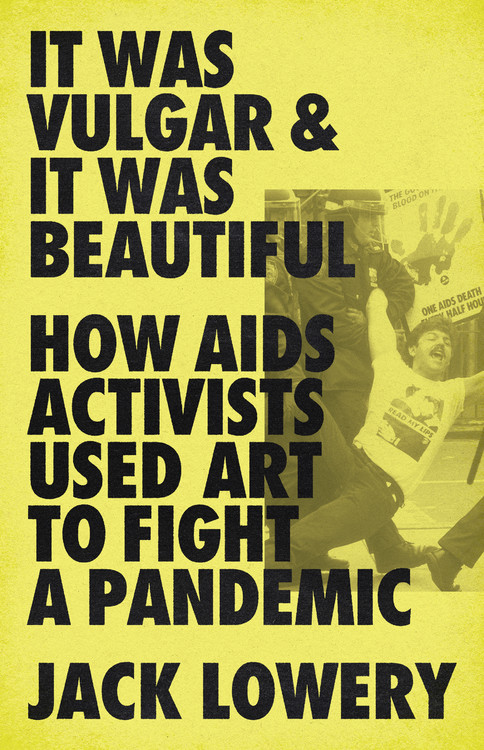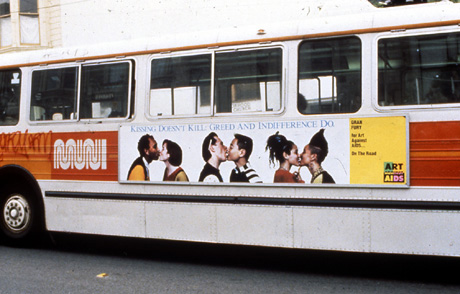 IT WAS VULGAR & IT WAS BEAUTIFUL
IT WAS VULGAR & IT WAS BEAUTIFUL
How AIDS Activists Used Art to Fight a Pandemic
by Jack Lowery
Bold Type Books. 432 pages, $35.
OF LATE, compelling first-person narratives have detailed ACT UP New York’s inchoate years of the late 1980s—notably Sarah Schulman’s Let The Record Show and Peter Staley’s Never Silent—when AIDS activists battled government, pharmaceutical, and religious malfeasance. Flamboyant street actions caught the attention of the media, and artists enlivened the theatricality of these protests. Artistic affinity groups met weekly to create galvanizing agitprop imagery and video documentation. Gran Fury, DIVA TV, and Testing the Limits were some of the art collectives that emerged.
Jack Lowery’s It Was Vulgar & It Was Beautiful examines the legacy of one of these groups, Gran Fury, self-defined as “a band of individuals united in anger and committed to exploit the power of art to end the AIDS crisis.” Their æsthetic appropriated Madison Avenue style advertising, blurring the lines between graphic art and activism, handing out Xeroxed flyers with singular slogans at rallies or pasting posters onto public spaces in late-night, guerilla-style handiwork.
John R. Killacky, a longtime contributor to this magazine, is currently serving in the Vermont House of Representatives.







